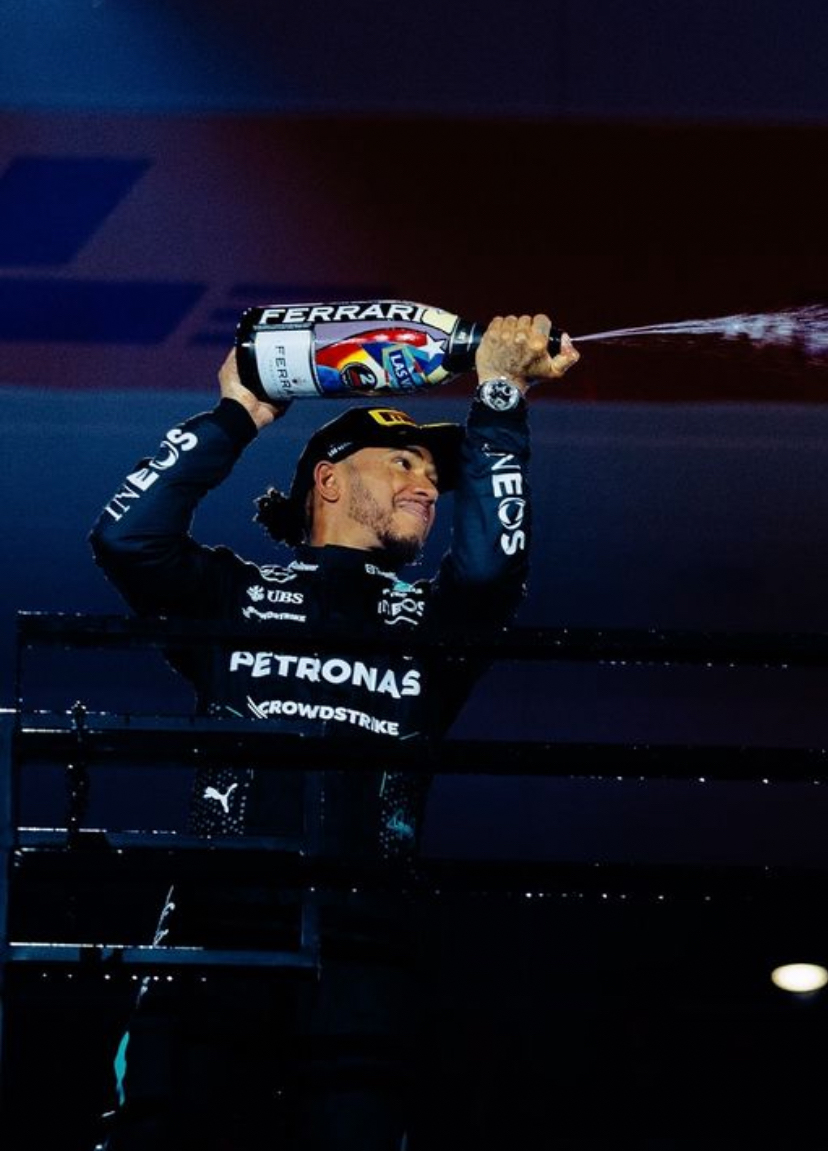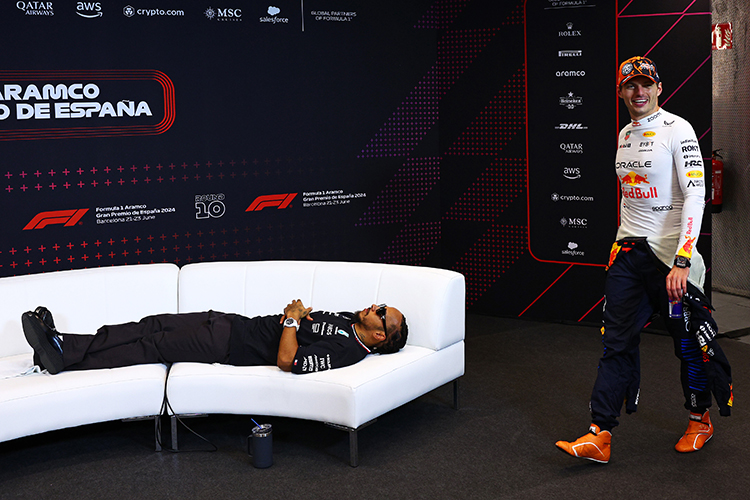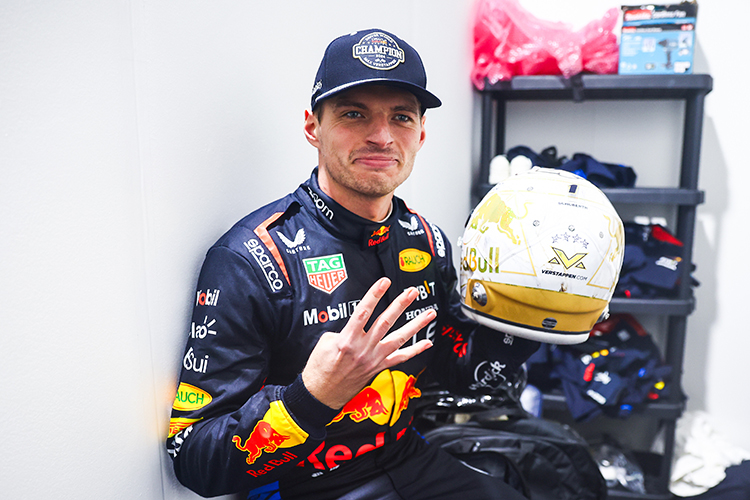Fuel Load in Formula 1 Qualifying: The Key to Speed and Strategy

Formula 1 World Champions: A legacy of racing legends
What is the role of fuel load in qualifying?
Explore the critical role of fuel load in Formula 1 qualifying, including its impact on speed, strategy, and car performance.
Formula 1 qualifying is all about maximizing performance, and fuel load plays a pivotal role in determining lap times. Unlike the race, where fuel management is crucial for endurance, qualifying requires an ultra-light setup for optimal speed. This article explores how fuel load impacts qualifying performance and why teams meticulously calculate every drop.
The Importance of Fuel Load in Qualifying
Fuel directly affects a car’s weight, and in Formula 1, even small changes in weight can significantly impact lap times. Every 10 kg of fuel can add roughly 0.3 to 0.5 seconds per lap, depending on the circuit. In qualifying, where mere thousandths of a second can separate positions, running with the lightest possible fuel load is critical.
Fuel Load Strategy: Light and Fast
In qualifying, teams aim to run their cars with just enough fuel to complete the necessary laps:
- Out Lap: To warm up the tires and prepare for the flying lap.
- Flying Lap: The lap that counts for setting a time.
- In Lap: To return to the pits or complete the session.
This minimal fuel load ensures the car is as light as possible, allowing drivers to extract maximum performance.
Trade-offs in Fuel Calculations
Fuel strategy during qualifying involves precise calculations. Teams must balance the need for a light fuel load with the risk of running out before completing the lap:
- Too Little Fuel: If the car runs out, the driver cannot finish the lap or return to the pits, leading to disqualification of their time.
- Too Much Fuel: Excess fuel adds unnecessary weight, compromising lap times and putting the driver at a disadvantage.
Impact of Session Format on Fuel Strategy
The three-part qualifying format (Q1, Q2, and Q3) requires strategic fuel planning for each session:
- Q1 and Q2: Teams may opt for multiple runs with light fuel loads, refueling between runs to maximize their chances of advancing.
- Q3: The focus shifts to a single, perfect flying lap, often requiring just enough fuel for one attempt to minimize weight.
Fuel Load and Track Evolution
Track evolution—the gradual improvement in grip as rubber is laid down—affects fuel strategy. Teams often plan their runs to coincide with peak track conditions, though this might require carrying slightly more fuel to position the car on track at the ideal time.
Weather and Fuel Strategy
Weather conditions play a significant role in fuel decisions during qualifying:
- Dry Weather: Teams can plan for the lightest possible load as lap times are predictable.
- Wet Weather: Slightly more fuel may be carried to allow for additional out laps or adjustments as track conditions change.
Fuel Management Regulations
Formula 1’s strict technical regulations include rules governing fuel use during qualifying:
- Minimum Fuel Requirement: Drivers must have at least 1 liter of fuel remaining in the car after qualifying for FIA testing, failing which their lap time is disqualified.
- No Refueling on Track: Unlike races, refueling is limited to the garage, making fuel planning critical.
The Role of Hybrid Power in Modern F1
In the turbo-hybrid era, energy recovery systems (ERS) contribute to overall power, slightly reducing the reliance on fuel load. However, fuel weight still impacts car dynamics, requiring teams to balance ERS deployment with a minimal fuel load for optimal lap times.
Famous Moments of Fuel Mismanagement
Fuel miscalculations have led to dramatic moments in F1 qualifying:
- Lewis Hamilton, Spain 2012: Stripped of pole position after insufficient fuel for a post-session sample.
- Sebastian Vettel, Abu Dhabi 2012: Started from the pit lane after his car was found to have insufficient fuel.
These incidents highlight the fine margins teams must navigate in fuel strategy.
Conclusion: A Delicate Balance
Fuel load is a critical element in Formula 1 qualifying, directly influencing lap times and strategy. Teams must balance carrying enough fuel to complete their runs with minimizing weight to achieve maximum speed.
In a sport where every millisecond counts, fuel strategy isn’t just a technical detail—it’s a competitive advantage. Managing fuel load showcases the precision and expertise that define Formula 1, turning every drop of fuel into a crucial factor in the pursuit of pole position.
Up Next


